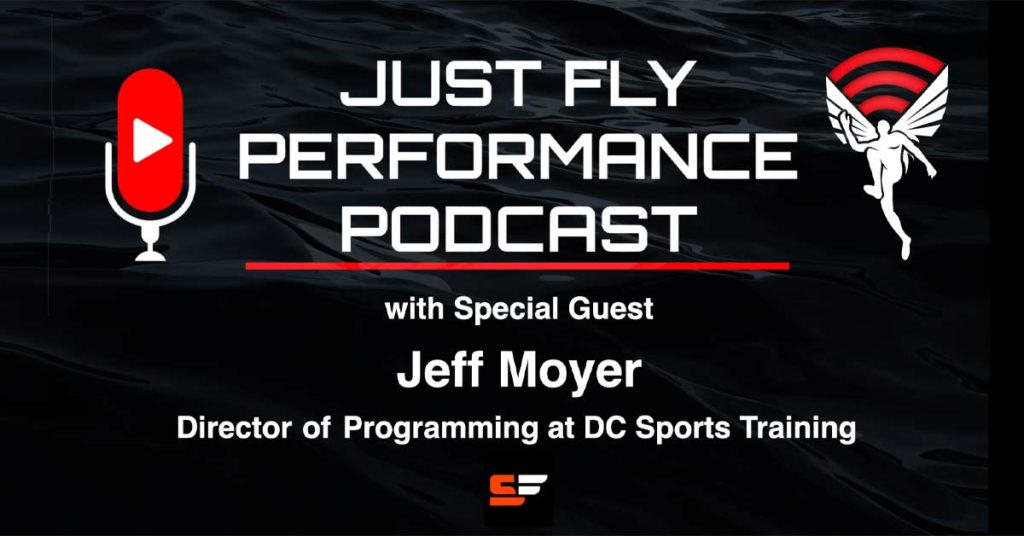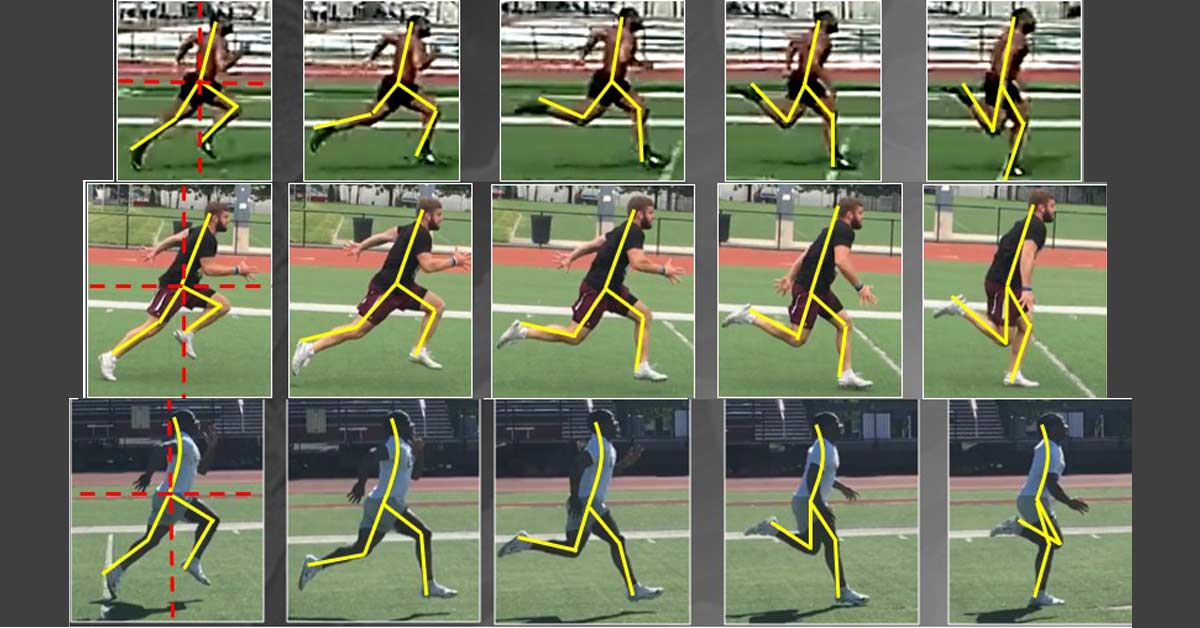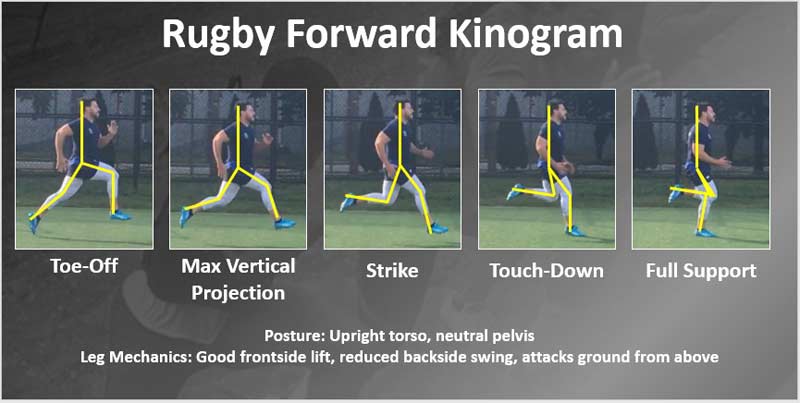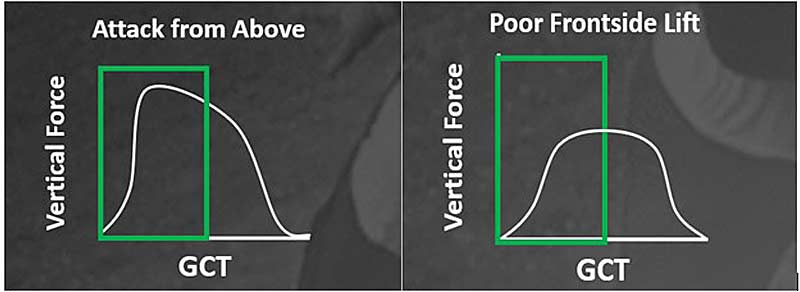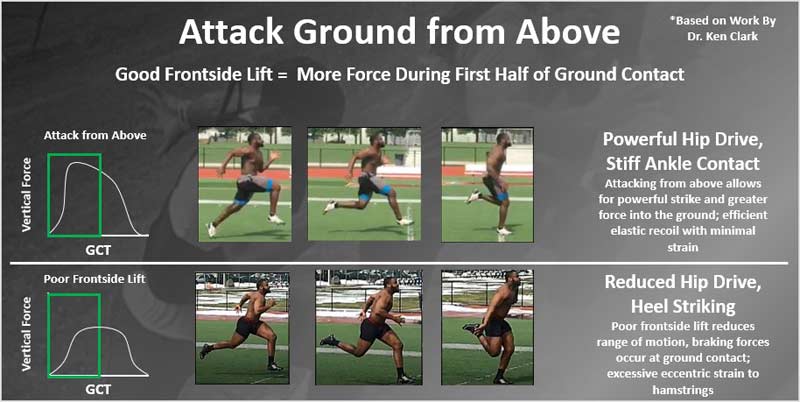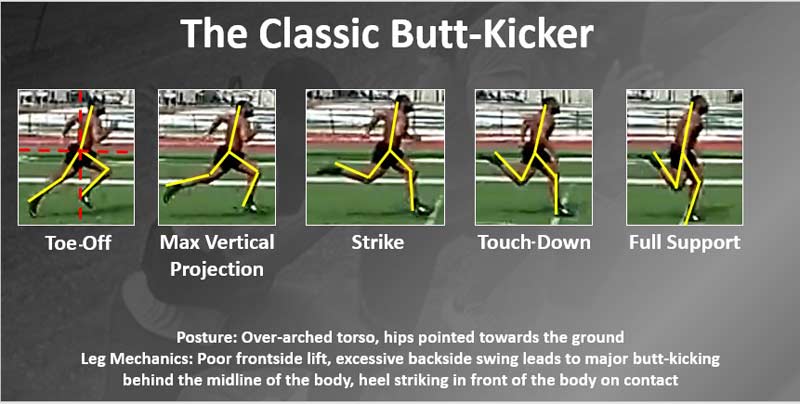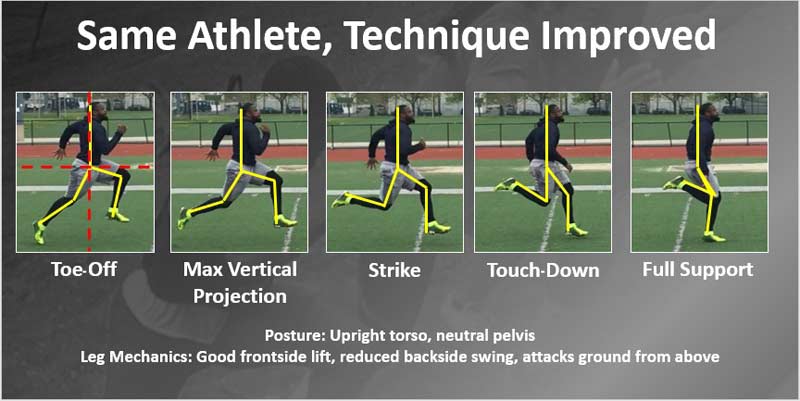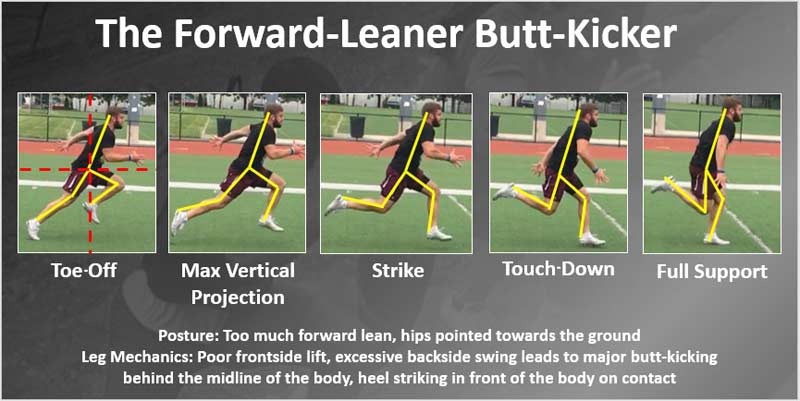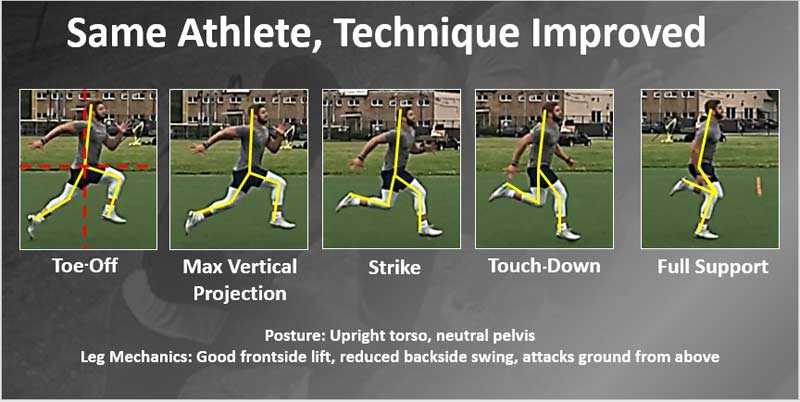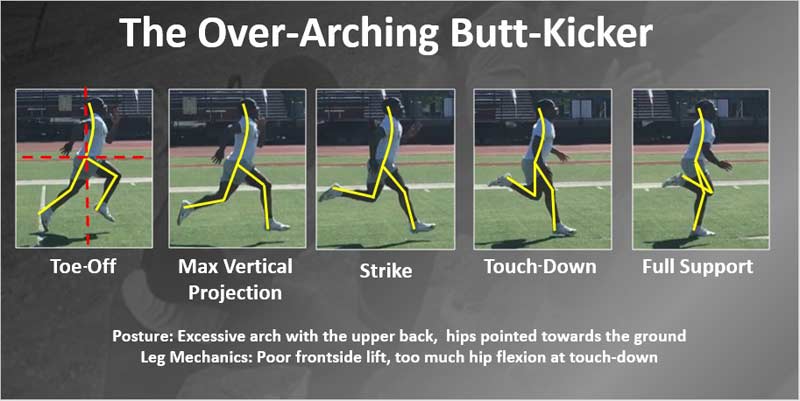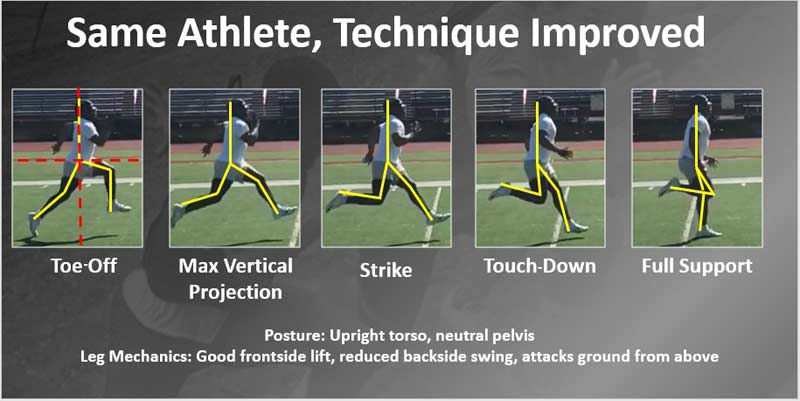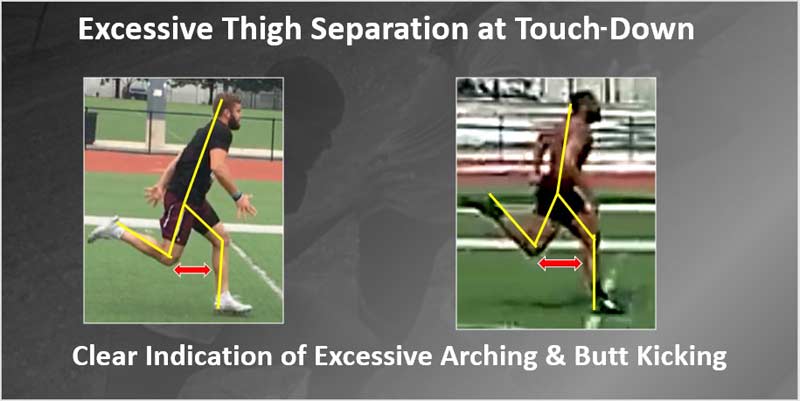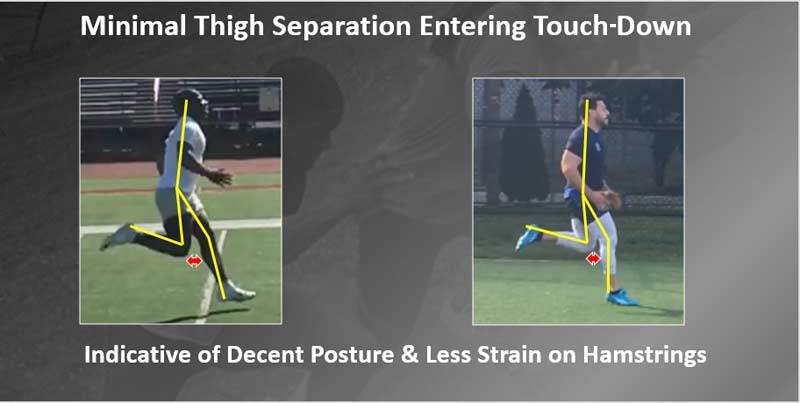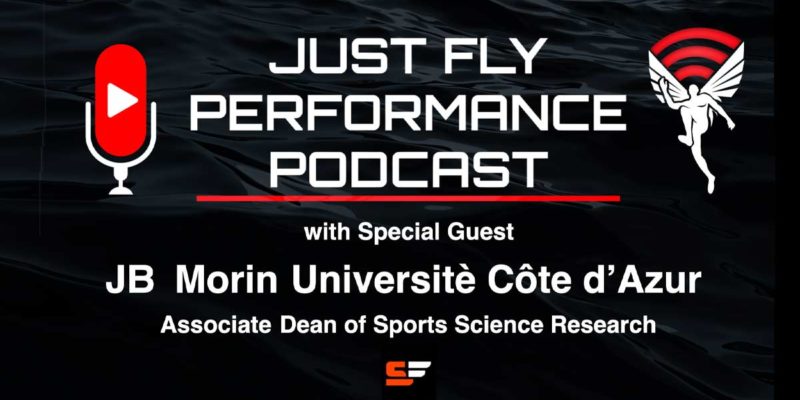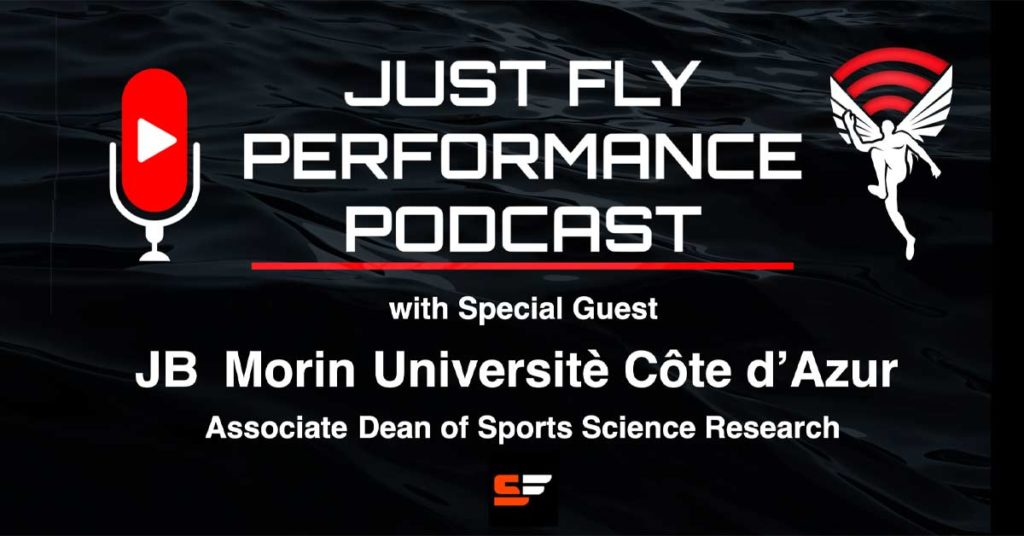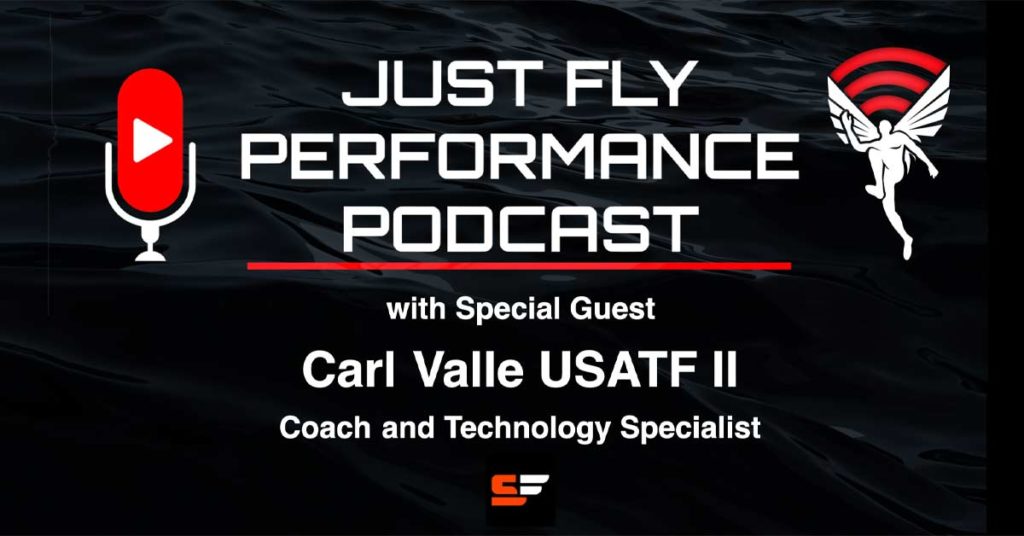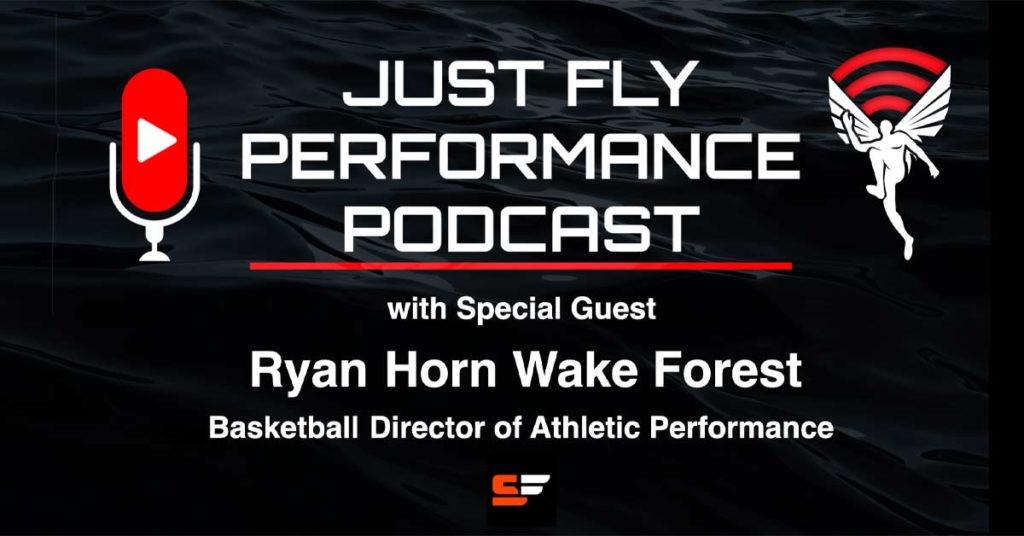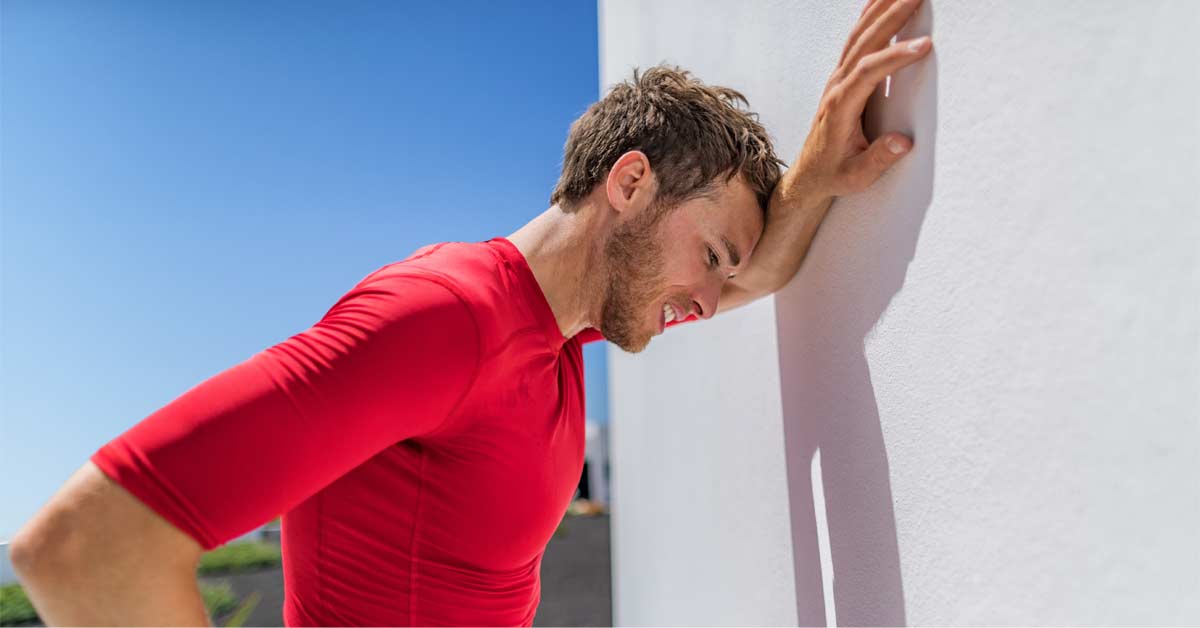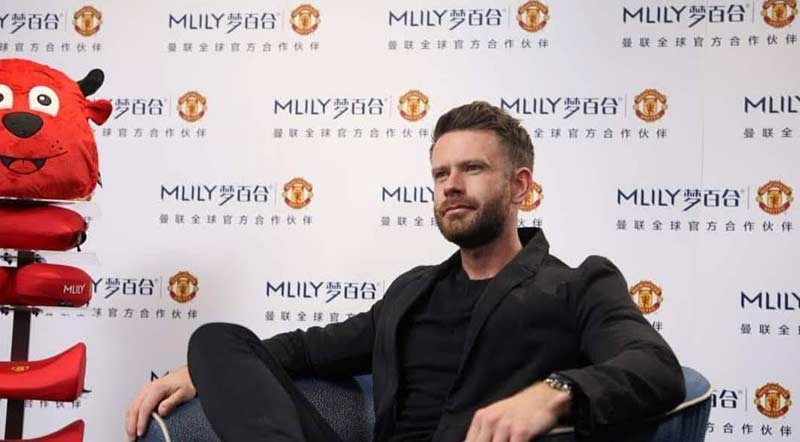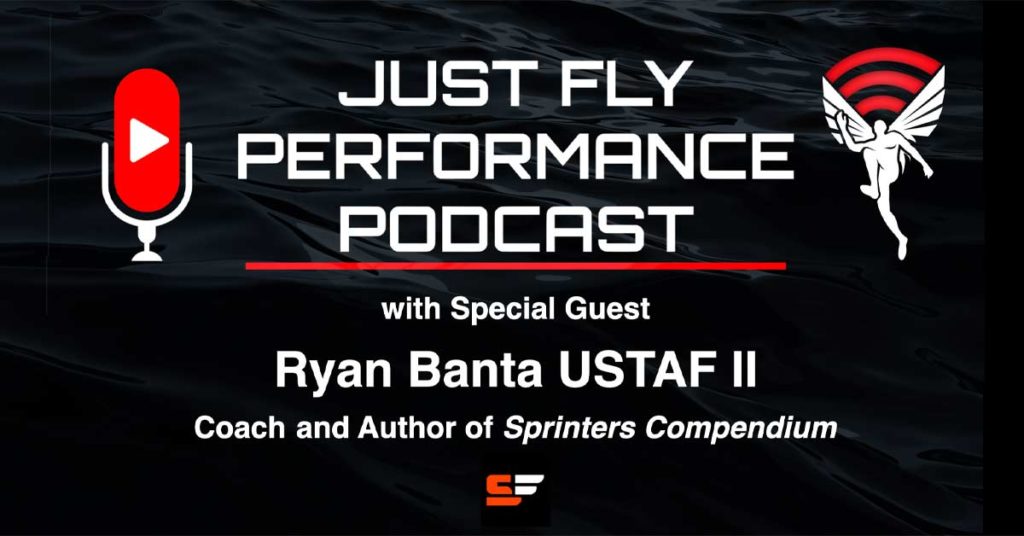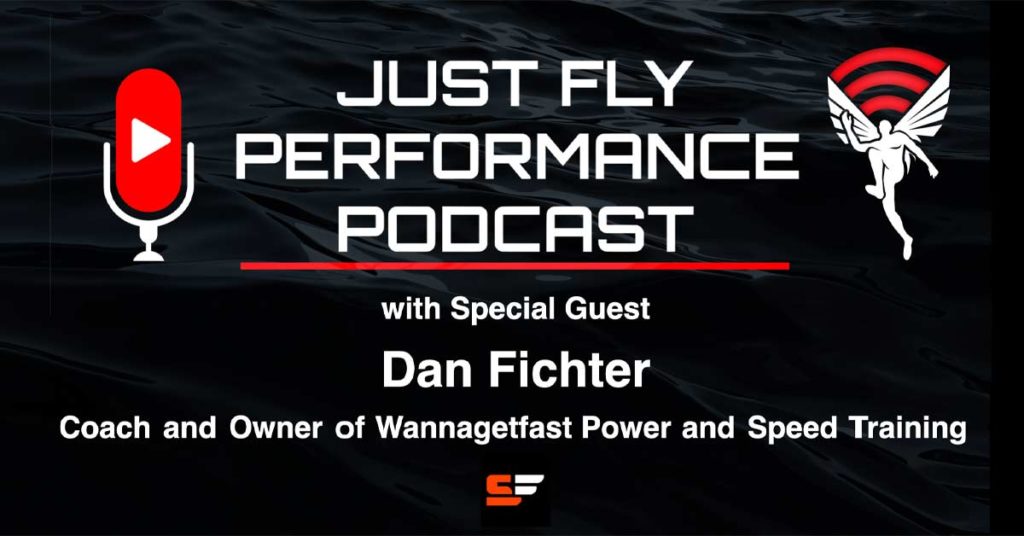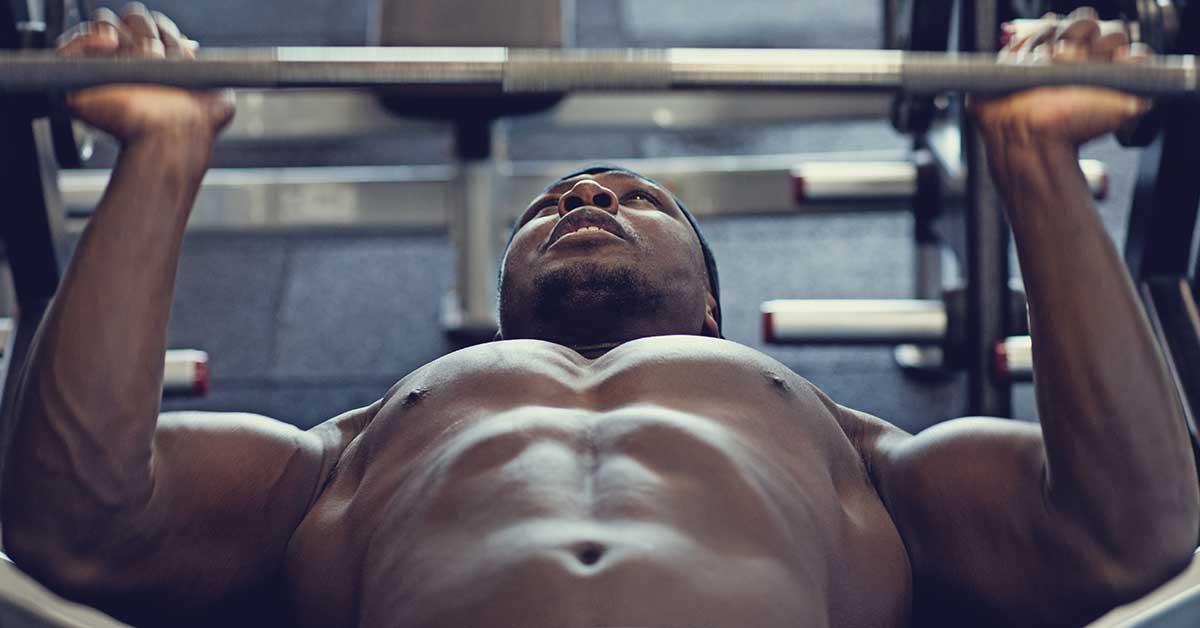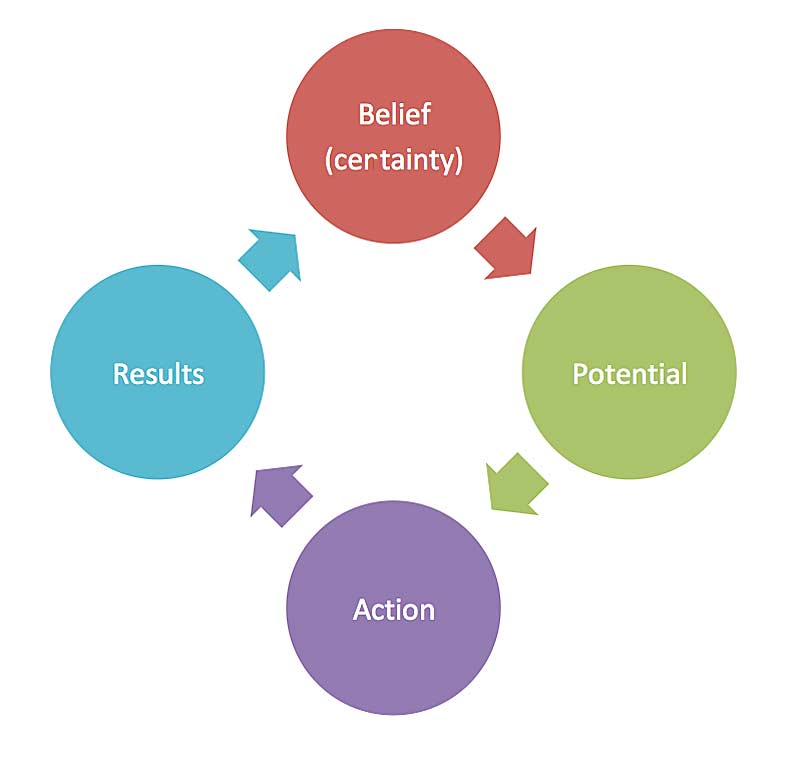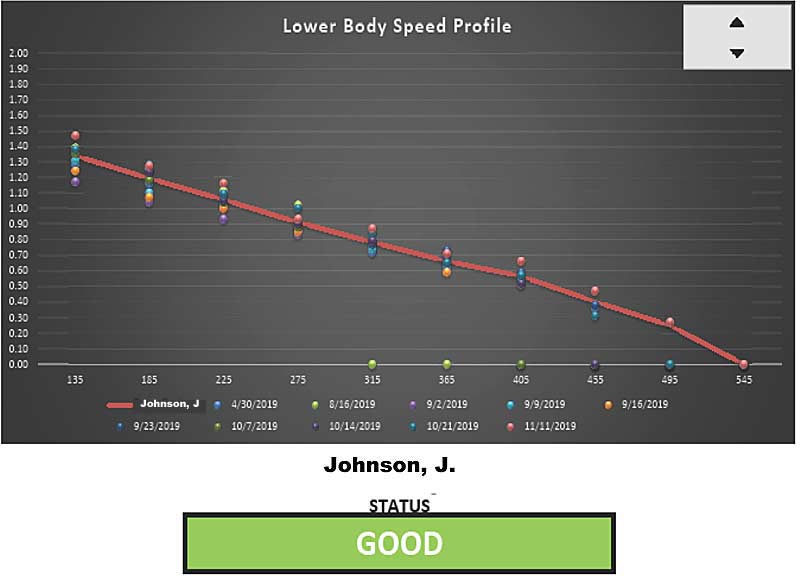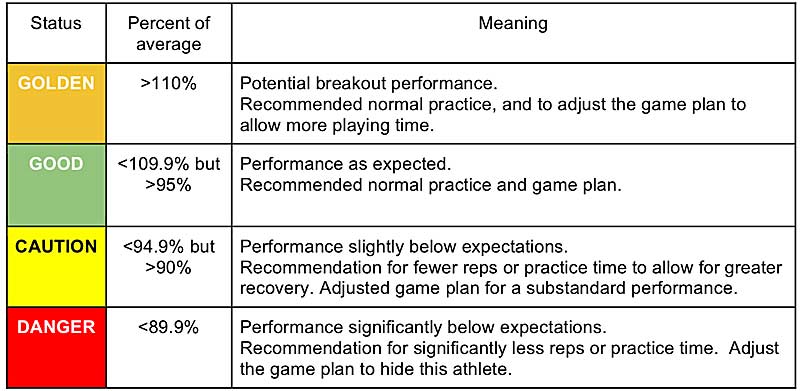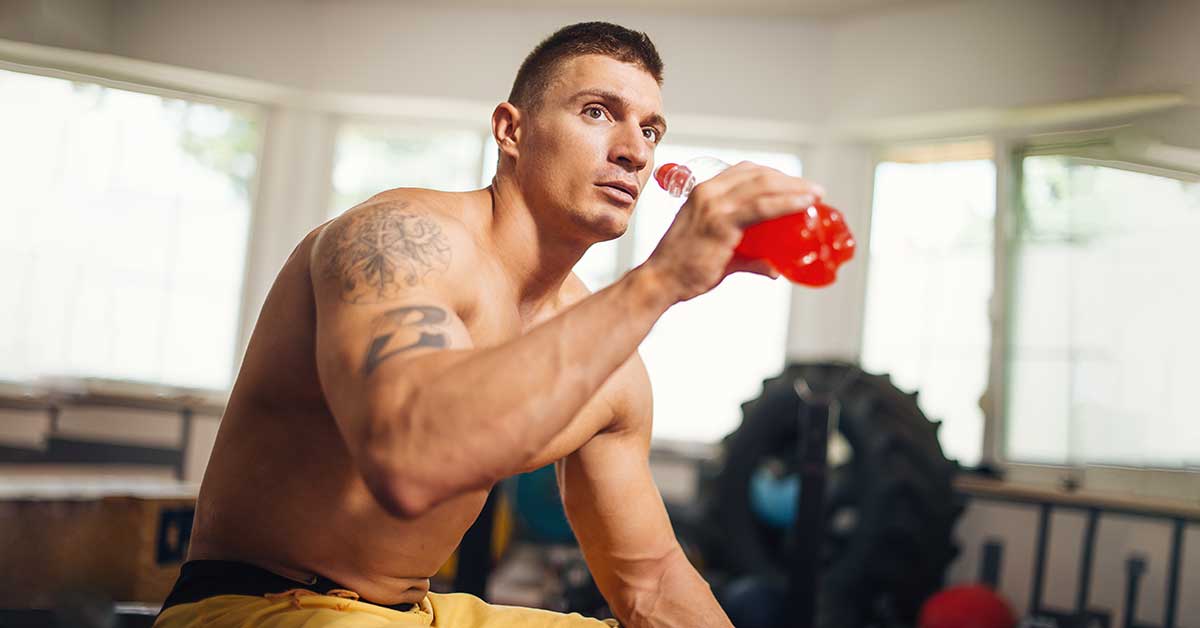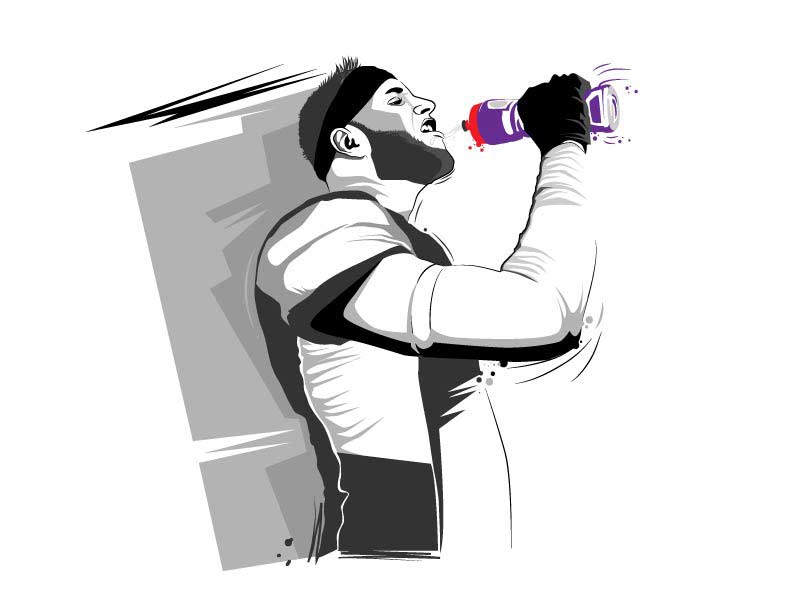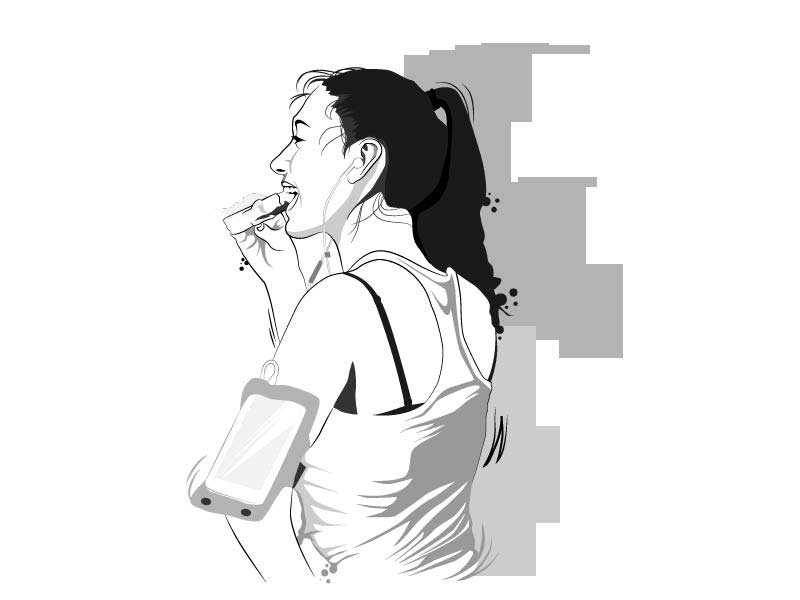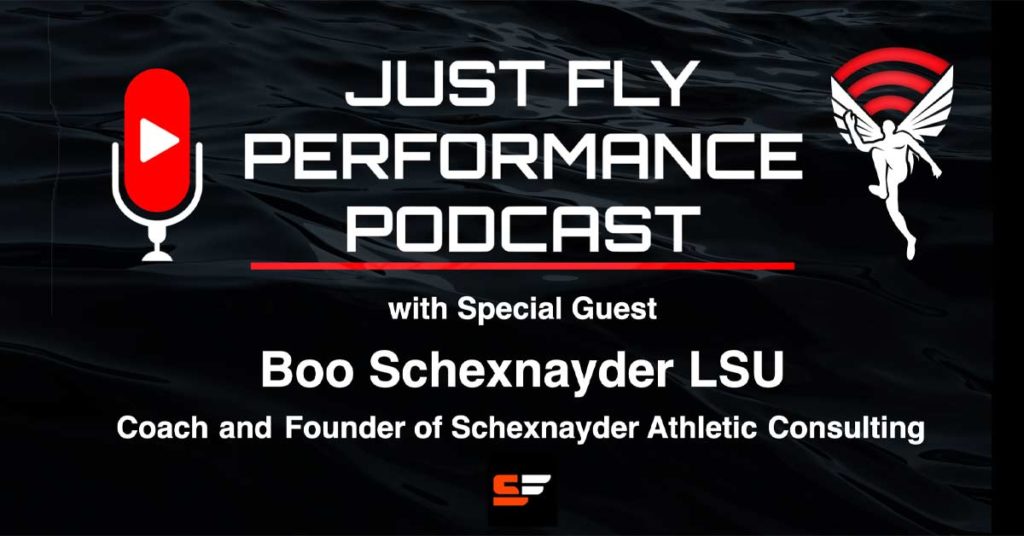
Irving “Boo” Schexnayder is one of the leading authorities on training design for track and field. He is the founder of Schexnayder Athletic Consulting and brings 39 years of experience in the coaching and consulting fields to the organization. Boo recently returned to the LSU Track and Field coaching staff, first serving as throws coach in 2018 and now serving as the strength coach for the track and field program.
In addition to his two stints at LSU, Schexnayder coached at Louisiana-Lafayette and Blinn Junior College, and he trained 19 NCAA Champions during his collegiate coaching career. He was a part of 12 NCAA Championship teams and a pair of Juco National titles and helped develop a multitude of conference champions and All-Americans.
Boo discusses his innovative, no-nonsense style of coaching track and field athletes. He goes in-depth into his ideas on the use of three- and four-day practice plans and their effects on the CNS. He discusses using lactate as an anabolic agent and how this influences rep ranges in strength sessions, and he explains how to set up a barbell session to create the perfect amount of lactate for strength building in speed and power athletes.
In this podcast, Coach Boo Schexnayder discusses with Joel:
- Mistakes he believes are made in strength training with track and field athletes.
- Optimal intensity zones to use for weight training during the competitive season.
- Ideas about the effects that barbell training has on speed.
- Ideal mesocycle length and deloading for speed-power athletes.
- The path he took to develop his popular jumps training system.
- Proper management of energy systems for the 400m athlete.
Podcast total run time is 57:09.
Keywords: potentiation, jumping, track and field, energy systems, speed and power


